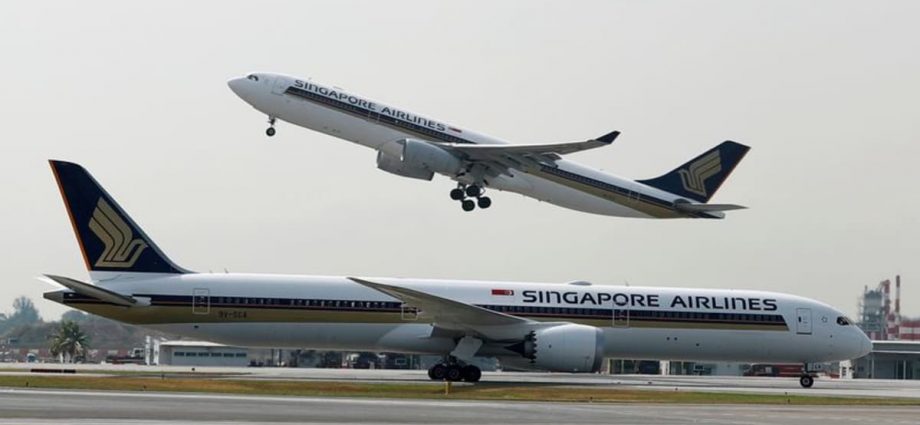
Another risk threatening to derail the recovery in passenger traffic is the state of the global economy.
Elevated interest rates for a longer period of time would increase the possibility of slower global growth – or worse, a recession – which will in turn hurt travel demand, said Mr Jaiswal.
The dark cloud over global growth also poses a threat for SIA’s cargo business, which is already seeing signs of a slowdown.
The airline, in its earnings report, said performance for its cargo segment moderated in the third quarter due to softening demand and an increase in bellyhold capacity. Yields were weaker on a quarter-on-quarter basis, although they remained elevated compared to pre-pandemic levels.
CGS-CIMB analyst Raymond Yap said the cargo business will “weaken at a faster rate” going forward.
This is due to factors such as a slowdown in demand for consumer goods amid rising inflation and the decongestion in shipping routes that has seen container freight rates falling back to pre-pandemic levels, he added.
Then, there is the risk of higher oil prices.
SIA has only hedged 40 per cent of its fuel requirements at an average Brent strike price of US$60 per barrel up to June this year, said Mr Yap, adding that the expiry of these fuel hedges is a downside risk.
Echoing a similar sentiment, Mr James Ooi, a market strategist at uSMART Securities, said: “Crude oil may surpass US$100 later this year, which could add further pressure on the airline’s expenditure.”
Describing SIA’s quarterly net profit as having “likely (passed) the peak”, Mr Yap expects the airline’s fourth-quarter net profit to dip to S$586 million.
“Still very robust, albeit below the near all-time peak of S$628 million in the third quarter,” he wrote in a note.
Mr Ooi is more optimistic and expects another record quarterly profit for SIA in the fourth quarter.
The prospects of further recovery in air travel “remain promising” for now, he said, citing the reopening of China and increasing international visitor arrivals into Singapore.
Latest figures showed the country welcoming 931,530 international travellers in January – a new record since the onset of the COVID-19 pandemic.
Still, that is way below the 1.5 million average in visitor numbers of 2019, indicating further room for growth, said Mr Ooi.

